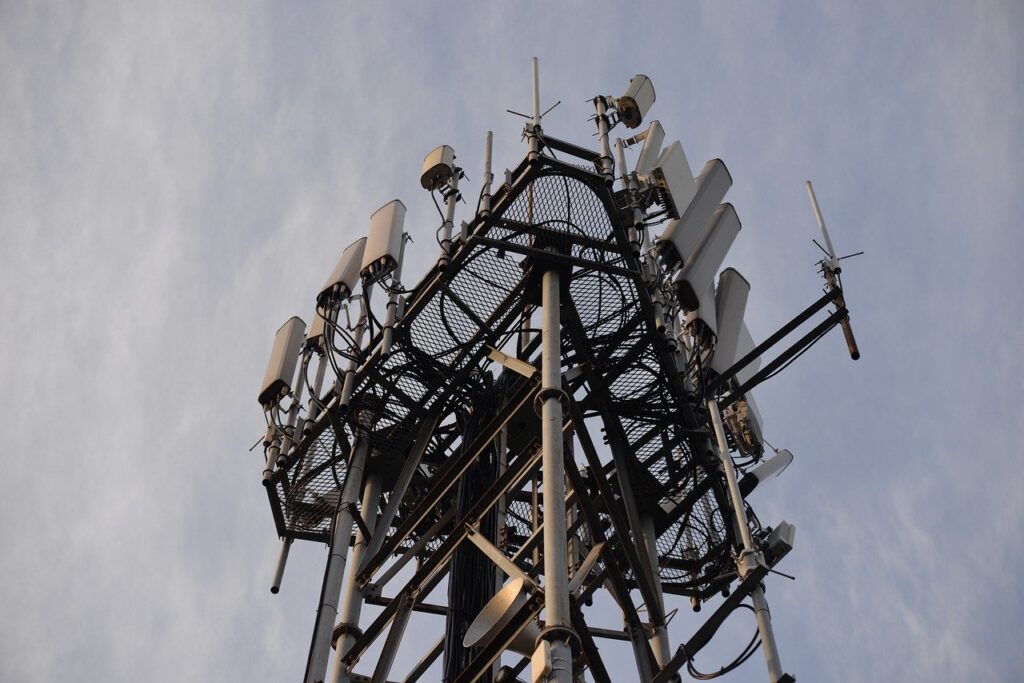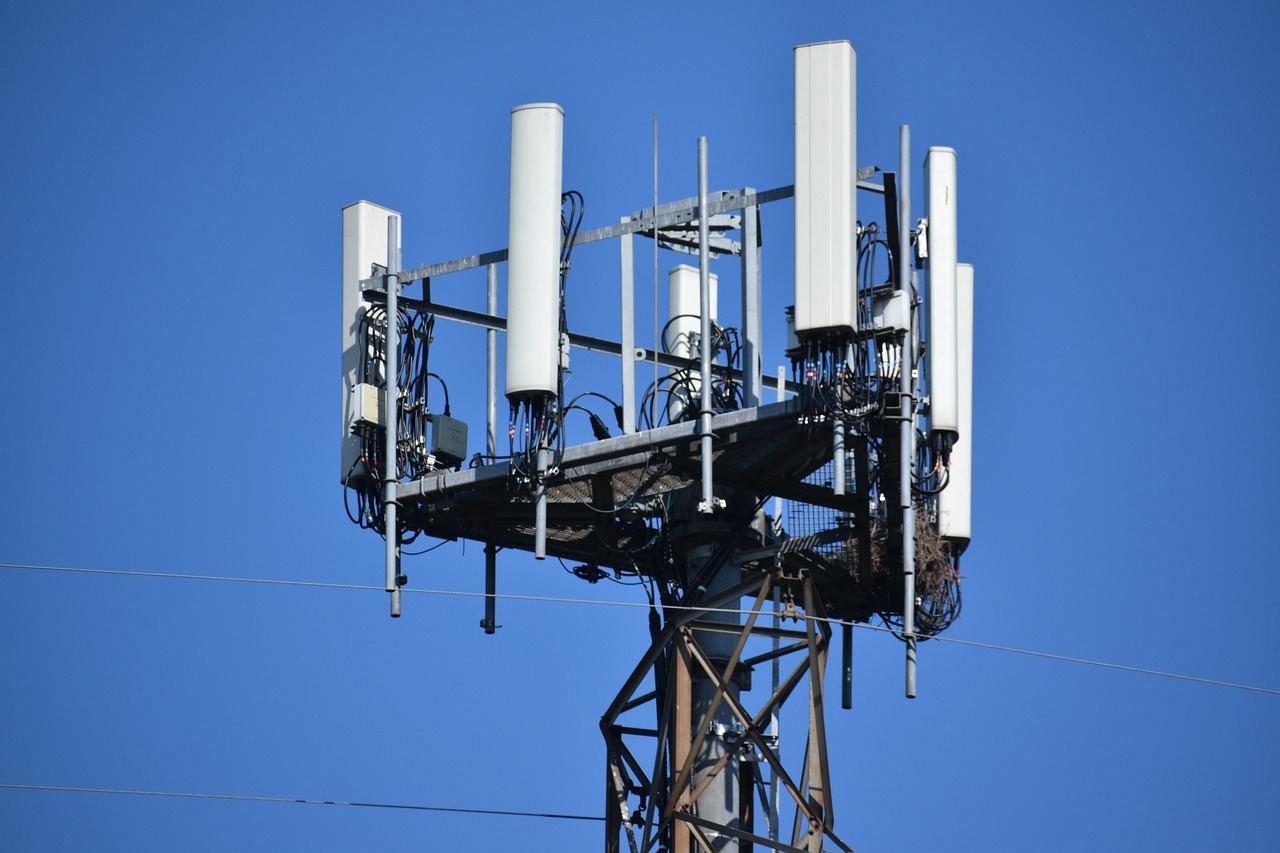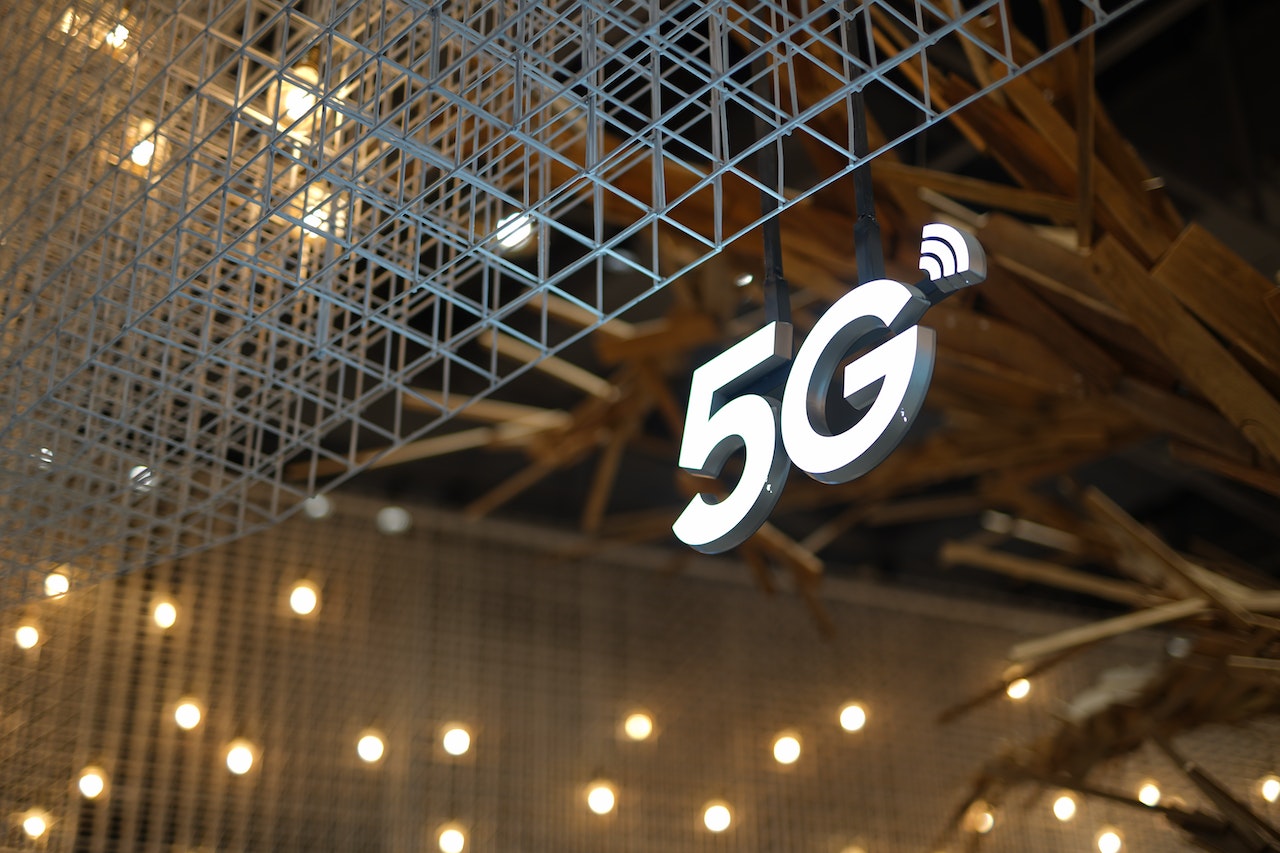The internet has become an integral part of modern life, with people using it for everything from work to entertainment to socializing. As technology continues to advance, the future of high-speed internet looks bright, with many exciting developments on the horizon.
One of the most significant changes we can expect in the next decade is the continued expansion of 5G networks. 5G networks offer faster speeds and lower latency than previous generations of wireless networks, which will enable a whole new range of applications and services. For example, 5G will make it possible to download entire movies in just seconds, and will enable new technologies like self-driving cars and augmented reality.
- Another trend that is likely to shape the future of high-speed internet is the increased use of fiber optic networks.
- Fiber optic cables are made of glass or plastic and use light to transmit data, which makes them much faster and more reliable than traditional copper cables.
- As more and more people demand faster internet speeds, we can expect to see fiber optic networks become more widespread, especially in urban areas.
The internet of things (IoT) is another trend that is likely to shape the future of high-speed internet. IoT refers to the growing number of devices that are connected to the internet, such as smart home devices, wearables, and even cars. As more and more devices become connected to the internet, the demand for high-speed internet will continue to grow, and service providers will need to ensure that their networks can handle the increased traffic.
One technology that is likely to play a significant role in the future of high-speed internet is artificial intelligence (AI). AI algorithms can help service providers optimize their networks to improve speeds and reduce latency, which will be crucial as the demand for high-speed internet continues to grow. AI can also be used to detect and mitigate network issues in real-time, which will help prevent downtime and ensure that users have a reliable internet connection.
Another trend that is likely to shape the future of high-speed internet is the increasing use of cloud computing. Cloud computing involves storing data and running applications on remote servers, which can help reduce the load on individual devices and improve performance. As more and more businesses and individuals rely on cloud-based applications, we can expect to see an increased demand for high-speed internet to support these applications.
The development of quantum computing is another trend that could have a significant impact on the future of high-speed internet. Quantum computers use quantum bits, or qubits, to perform calculations, which can be much faster than traditional computers. While quantum computing is still in the early stages of development, it has the potential to revolutionize the way we use the internet and enable new applications and services that were previously impossible.
We can expect to see continued innovation in the field of virtual and augmented reality.
These technologies rely on high-speed internet connections to deliver immersive experiences, and as internet speeds continue to improve, we can expect to see even more impressive and lifelike virtual and augmented reality experiences. This will open up new opportunities for entertainment, education, and even healthcare.
In conclusion, the future of high-speed internet looks bright, with many exciting developments on the horizon. From 5G networks and fiber optic cables to AI and quantum computing, the next decade is sure to bring significant changes to the way we use the internet. As service providers continue to invest in their networks and develop new technologies, we can expect to see even faster and more reliable internet speeds, which will enable a whole new range of applications and services.








